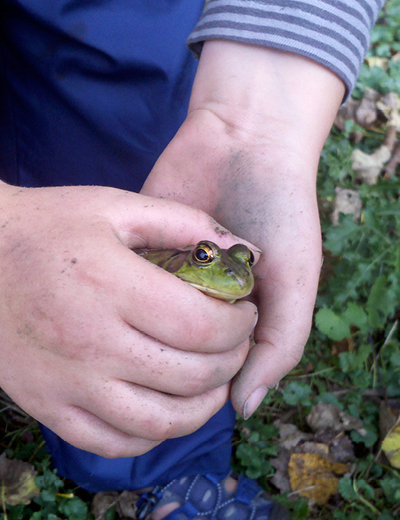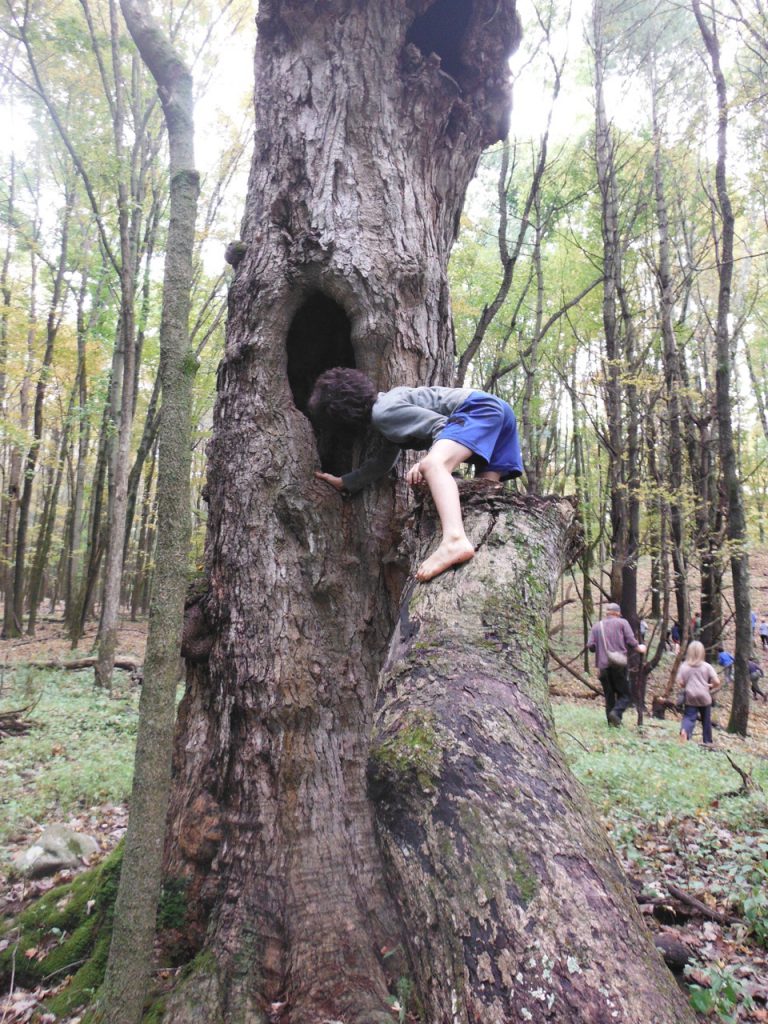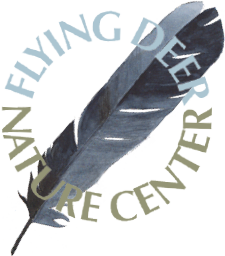We send our warm greetings to you all. We are missing our times together in the woods and look forward to seeing you all again soon, when it becomes apparent that it is wise to do so. In the meantime, we encourage you to settle in with your family, and enjoy some good quality time with them—including time outdoors if you are able.
This is a great season to celebrate the changes that are happening all around us. This is such a lively time of year for wildlife. So much is happening each day! We encourage you all to get out there and watch, listen, and discover what changes are happening on a day-to-day basis.
- Just the other night, I heard a drowsy wood frog croaking it’s first croak of the season …
- The turkey vultures are back from their winter vacation …
- Male red-winged blackbirds are making a beautiful racket in the marshes here once again as they wait for the females to arrive in their separate flock …
- And the willow buds have just begun to pop!
See if you can find some of these happenings right around your home. Start a list and keep it going each day.
Here are a few ways to inspire some trips outdoors and get motivated to learn and discover on your own and with your family.
1. Listen to the soundscape outside your house in the morning. Familiarize yourself with a few distinct birdcalls. Do it each morning. Try to find the bird that is making them. You may need to spend some time sneaking up in a slow foxwalk. You will begin to learn new songs and new birds as they all start up their spring courtship season and arrive back in their northern territories.
Here’s a great website for learning new birds and their various calls: https://www.allaboutbirds.org/
And another cool one: http://www.fernbank.edu/Birding/mnemonics.htm

2. Where is the nearest marsh or small body of water to you? It’s time to pay it a visit. You may hear some of the season’s first frog calls. It is also the time of year for one of our most spectacular seasonal migrations! And it could be coming soon! On the first rainy, warm nights of spring, thousands of spotted salamanders, wood frogs, spring peepers, and other amphibians travel to vernal pools and other wetlands to breed. This migration is known as “Big Night” — though it rarely occurs on just one evening. Most years, “Big Night” is actually one or two Big Nights, a few medium-sized nights, and a small night here or there, which can take place anytime from mid-March to early May. So get out there and be a part of this miraculous event! And be safe!
Explore more with this handbook on amphibian migration.
And check out this site: https://harriscenter.org/programs-and-education/citizen-science/salamander-crossing-brigades/faq#what-is-big-night
3. Tap a tree! The sap is still running. Nothing tastes as refreshing as cold sap! Did you know you can tap a lot of different trees, not just sugar maples? Experiment.
How to make a tap from scratch: https://growingstories.wordpress.com/2014/03/11/maple-sugaring-from-scratch-sumac-spiles/
Article about all the different trees to tap: https://practicalselfreliance.com/trees-species-tap-syrup/

4. Get some exercise! If you’re able, go for a hike, ride your bike, or take a stroll around the neighborhood. Keep an eye out for new growth poking up out of the leaf litter. It’s already happening. Keep track of it. It may be a delicious wild edible or have a beautiful flower waiting to burst forth.
Go on! Get out there and have some fun! Then call a friend and share your experiences. This is the perfect time to be in touch with friends and families and share some excitement and joy with each other.
Stay connected and may you be well in body, heart, and mind!
Extra credit: Cook a meal on a campfire if you have the appropriate place to do so. Keep it simple and make it special! Everything tastes good on the fire! 🙂
Love,
Josh
